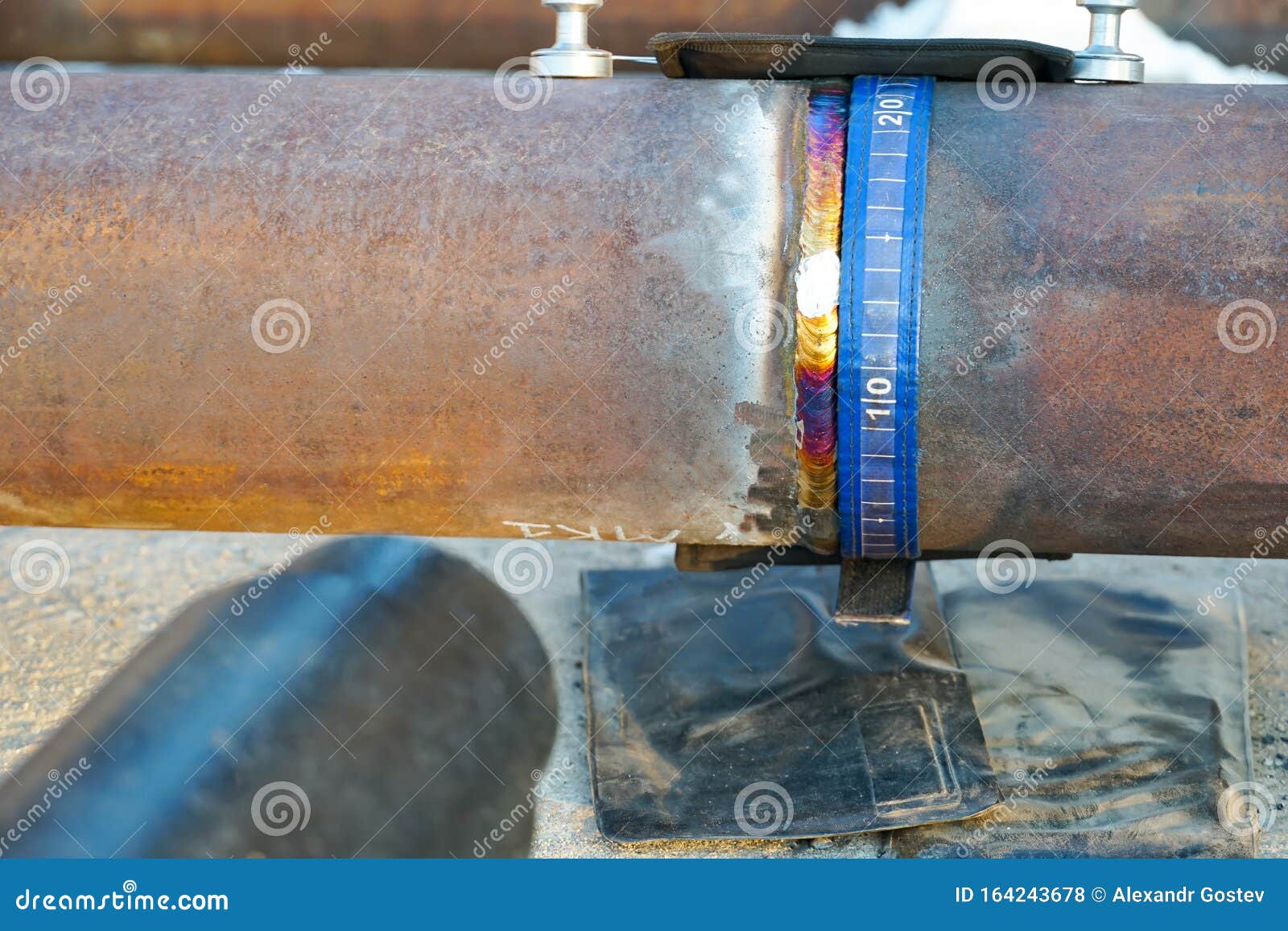Protect Your Investment: Thorough Pipeline Welding Inspection for Assurance
Protect Your Investment: Thorough Pipeline Welding Inspection for Assurance
Blog Article
Comprehensive Summary of Pipeline Welding Examination Procedures
In the world of pipe construction, making sure the honesty and safety and security of bonded joints is extremely important. Pipe welding examination treatments play an essential function in ensuring that welded connections meet stringent industry criteria and requirements. From thorough pre-welding examinations to comprehensive post-weld assessments, a well-defined inspection procedure is crucial for keeping the architectural strength of pipelines. Comprehending the complexities of welding evaluation procedures is not just a governing demand yet also an essential aspect of upholding the reliability of these essential infrastructures.
Pre-welding Inspection Preparations
Prior to beginning the welding process, thorough pre-welding examination prep work are necessary to guarantee the integrity and top quality of the weld joint. These prep work include a careful evaluation of the materials to be bonded, the welding devices, and the work setting. By carrying out comprehensive pre-welding inspection prep work, prospective concerns can be recognized and solved early on, leading to trusted and top notch weld joints.
Welding Procedure Credentials
Complete pre-welding evaluation preparations lay the structure for the vital process of Welding Treatment Credentials, making certain the integrity and quality of the weld joint. Welding Treatment Certification (WPQ) is a crucial step in the welding procedure that involves screening and accrediting welding procedures to assure they satisfy particular standards and needs. The WPQ procedure commonly includes welding procedure requirements growth, welding procedure certification screening, and paperwork of the outcomes.
Throughout welding treatment requirements development, important details such as the welding procedure, welding products, joint design, and welding criteria are defined to develop an extensive treatment. Ultimately, welding procedure certification testing is conducted to validate the recommended treatment's honesty. This testing frequently entails welding test vouchers that go through various mechanical and non-destructive examinations to assess the weld's high quality and adherence to the defined standards.
In-process Weld Evaluation
Throughout the welding procedure, in-process weld assessment plays an important function in guaranteeing the quality and stability of the weld joint - Pipeline Welding Inspection. This kind of assessment entails keeping an eye on the welding criteria, assessing the weld grain formation, and detecting any type of prospective defects or interruptions as they happen. By carrying out in-process weld assessments, welding operators can promptly deal with any concerns that may occur, thus avoiding further issues and ensuring that the final weld meets the called for requirements
Usual techniques made use of for in-process weld evaluation include aesthetic assessment, liquid penetrant screening, magnetic bit testing, ultrasonic screening, and radiographic testing. Visual examination is usually the initial step in the process, permitting examiners to aesthetically examine the weld for surface abnormalities such as fractures, porosity, or incomplete combination. Advanced techniques like ultrasonic testing and radiographic screening provide detailed understandings into the interior structure of the weld, making certain that there are no concealed defects that might compromise the weld joint's stamina and integrity. Generally, in-process weld inspection is crucial for maintaining the top quality and reliability of bonded pipes.
Non-destructive Screening (NDT)
Non-destructive Testing (NDT) is an important approach employed in pipeline welding assessment to assess the integrity of weld joints without causing damages to the welded structure. By making use of various NDT strategies, examiners can examine the quality of welds and recognize any defects or discontinuities that may jeopardize the structural sturdiness of the pipeline. Common NDT approaches made use of in pipe welding inspection consist of Radiographic Testing (RT), Ultrasonic Screening (UT), Magnetic Bit Testing (MPT), Liquid Penetrant Testing (LPT), and Visual Screening (VT)
RT involves making use of X-rays or gamma rays to generate pictures of the interior structure of the weld, permitting assessors to identify flaws such as porosity, splits, or insufficient blend. UT makes use of high-frequency acoustic waves to identify problems under the surface area of the weld, supplying thorough details concerning the dimension and location of defects. MPT and LPT are made use of to recognize surface-breaking issues by using penetrant fluids or magnetic bits to the weld area. Additionally, VT entails visual examination of welds to recognize any type of visible imperfections.
Post-weld Inspection and Documentation

Paperwork of post-weld inspection searchings for is vital for maintaining quality assurance visit the site documents and guaranteeing conformity with market criteria and policies. Detailed reports should include details regarding the examination methods utilized, the location and nature of any kind of defects discovered, and any kind of corrective activities taken - Pipeline Welding Inspection. Proper paperwork not just serves as a document of the weld's top quality however likewise help in future maintenance and evaluation procedures
Conclusion

Finally, pipe welding inspection procedures play a crucial function in making certain the top quality and stability of welds. From pre-welding evaluations to post-weld documentation, each action is essential in keeping the security and performance of pipes. By following well established treatments and carrying out extensive examinations, potential flaws can be recognized and addressed before they cause expensive repairs or failings. In general, adherence to proper assessment procedures is crucial to the success of pipeline welding tasks.
From careful pre-welding assessments to detailed post-weld assessments, a well-defined inspection process like it is important for maintaining the structural soundness of pipelines. By carrying out in-process weld evaluations, welding operators can promptly address any kind of concerns that might emerge, therefore ensuring and protecting against further issues that the last weld satisfies the required requirements.
Common methods made use of for in-process weld assessment include aesthetic assessment, liquid penetrant testing, magnetic particle screening, ultrasonic testing, and radiographic screening.Non-destructive Screening (NDT) is an important method employed in pipe welding assessment to analyze the stability of weld joints without causing damages to the bonded framework. Post-weld assessment involves numerous methods to analyze the welds for problems, including visual inspection, color penetrant testing, magnetic bit testing, ultrasonic testing, and radiographic testing.
Report this page